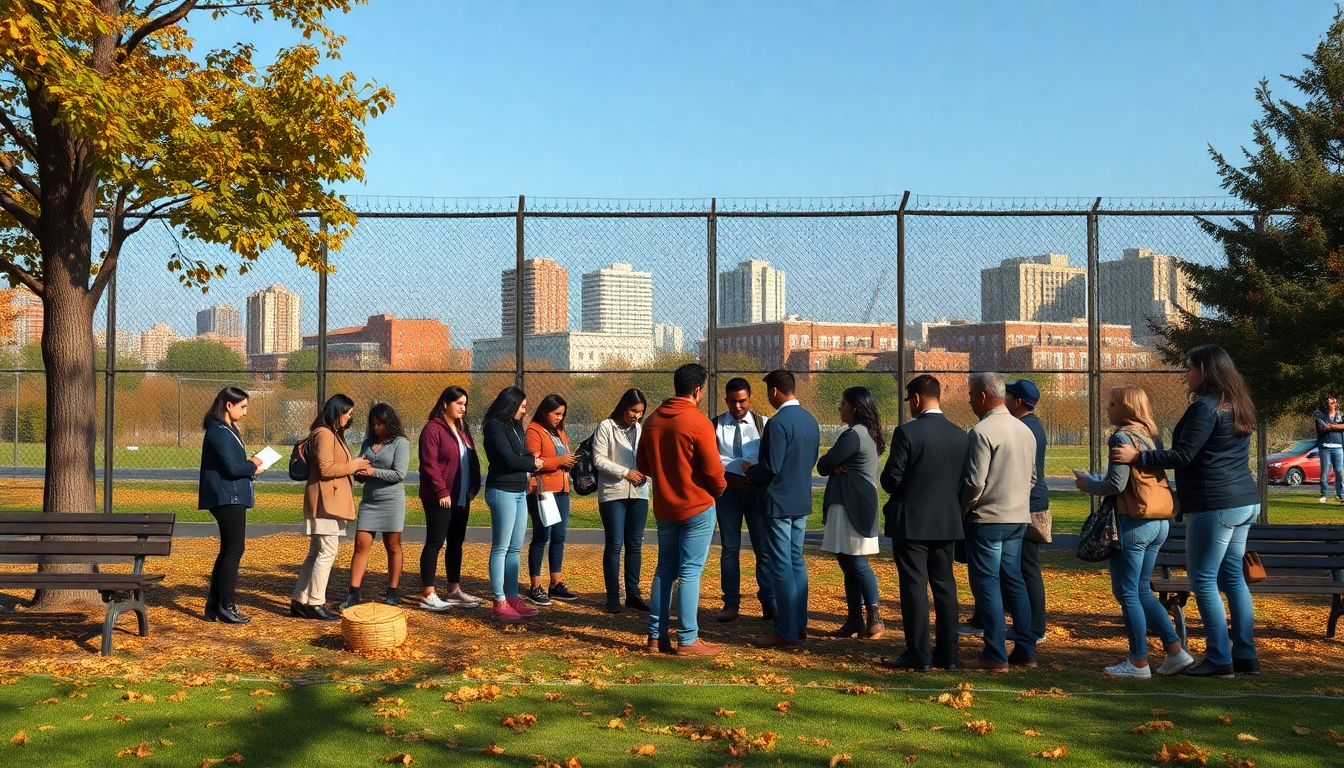Table of Contents
The landscape of U.S. immigration policy is shifting dramatically, as the current administration pushes forward with strategic initiatives aimed at managing migration and tackling illegal immigration. With the Department of Homeland Security ramping up enforcement measures, the impact of these policies reaches far beyond just border control, affecting countless individuals seeking refuge or a better life in the United States. So, what does this mean for migrants and the broader U.S. community? Let’s dive into the latest developments in immigration policy and explore the administration’s approach along with its potential ramifications.
Recent Immigration Policy Developments
At the helm of tightening immigration controls is Secretary of Homeland Security Kristi Noem, who has been implementing new measures that reflect the administration’s tough stance. A recent incident really highlights this: after experiencing flight issues on her return from Guatemala, Secretary Noem ended up on an Immigration and Customs Enforcement (ICE) flight that had just carried out a deportation. This moment not only underscores the administration’s focus on deportation but also its push for self-deportation among undocumented immigrants. Isn’t it eye-opening how directly these policies can affect individuals’ journeys?
Noem’s public statements reveal a proactive stance, urging individuals without criminal backgrounds to consider returning home voluntarily. The offer of free travel, combined with financial incentives like $1,000 for those willing to self-deport, signals a major shift in strategy. This approach aims to ease the pressure on the immigration system while potentially reducing the number of people facing detention. But, is this truly a viable solution for everyone involved?
Implications for Migrants and the Policy Landscape
The consequences of these policies are complex. For many undocumented immigrants, the prospect of self-deportation is a challenging decision. While the incentives might seem appealing, they also highlight the harsh realities faced by individuals living in constant fear of detention and deportation. On top of that, the recent arrests of immigration officers for bribery bring to light the ethical dilemmas within the immigration enforcement system. How do we find a balance between enforcement and fairness?
Furthermore, the administration’s negotiations with Central American countries, such as Honduras and Guatemala, to accept asylum seekers further complicate the immigration landscape. These agreements indicate a shift in where refugees can seek safety, raising questions about whether these countries can provide the necessary protections compared to the United States. The belief that the U.S. shouldn’t bear the full responsibility as a refuge underscores a broader reevaluation of immigration policy, potentially reshaping the pathways for those fleeing violence and persecution. What does this mean for the future of asylum in America?
Future Outlook and Considerations
As we look ahead, the implications of these policy changes are likely to resonate throughout the immigration system. The focus on self-deportation and partnerships with other nations may result in fewer asylum seekers arriving at U.S. borders, but it also risks leaving many without essential support. As discussions about biometric cooperation and other security measures progress, finding the right balance between enforcement and humanitarian concerns will remain a critical topic of debate. Can we truly protect our borders while also honoring our commitment to human rights?
Ultimately, as the U.S. grapples with its immigration challenges, the evolving policies will need careful examination. Stakeholders—including migrants, advocacy groups, and policymakers—must engage in ongoing dialogue to navigate the complexities of immigration. The future of U.S. immigration policy will depend not only on strict enforcement but also on the core values of compassion, safety, and opportunity that have long defined the nation’s approach to those seeking a better life. Are we ready to uphold those values in the face of change?


